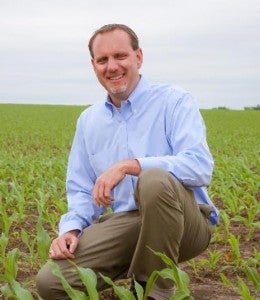
United Suppliers’ Matt Carstens
In 2014, Walmart challenged its suppliers to find ways to reduce fertilizer runoff from farms – which can cause air and water pollution and mean wasted money for farmers. The target was food companies whose supply chains use large quantities of fertilizer for commodity crops like corn, and the goal was to improve efficiency in their supply chains. Two years later, nearly 20 Walmart suppliers have signed on to the initiative, spawning a trend in which supplier commitments drive tangible changes on American farms.
At the heart of this fertilizer efficiency trend is Matt Carstens, VP of Crop Nutrients for United Suppliers and the force behind a sustainability platform for farmers called SUSTAIN, developed in coordination with Environmental Defense Fund.
SUSTAIN trains ag retailers on the best practices for fertilizer efficiency and soil health. As ag retailers are a primary source of advice for farmers, the retailers then bring this important knowledge to the farmers they serve.
SUSTAIN is proving to be popular as a way for food companies to connect directly with farmers in their sourcing areas. Thus far, Smithfield Foods, Campbell’s Soup, and Unilever are all using SUSTAIN as part of their sustainable sourcing efforts. And Kellogg’s is the latest big brand to jump on board, with an announcement today that they, too, will be using SUSTAIN.
I asked Matt to explain the reason for this trend, why ag retailers believe in SUSTAIN, and how he got involved in the ag retail world. Read More
 In order for the agriculture sector to deliver on the growing demand for sustainable grain and participate in emerging carbon markets, growers need a way to demonstrate that their management practices are benefiting the environment.
In order for the agriculture sector to deliver on the growing demand for sustainable grain and participate in emerging carbon markets, growers need a way to demonstrate that their management practices are benefiting the environment.
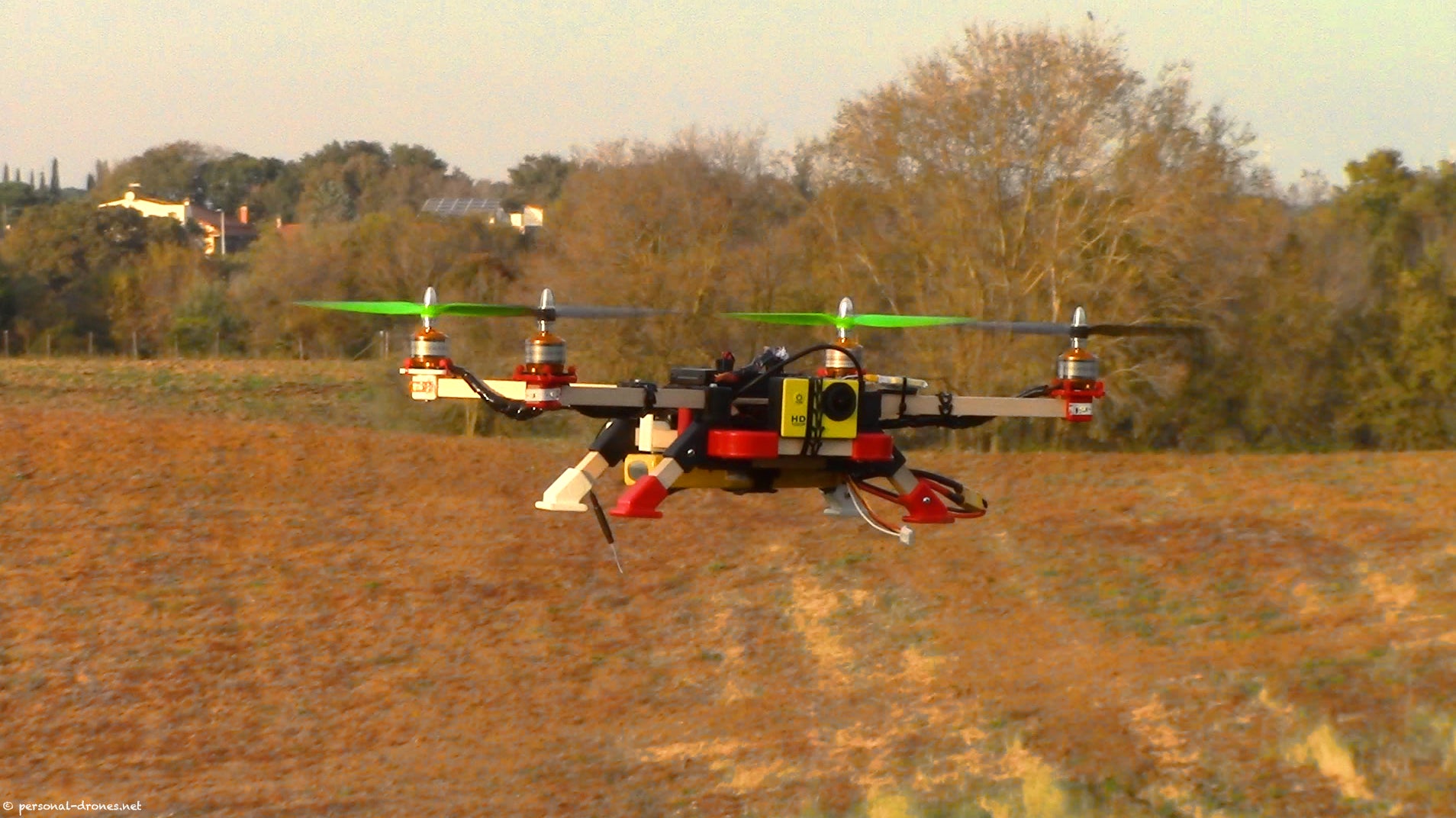

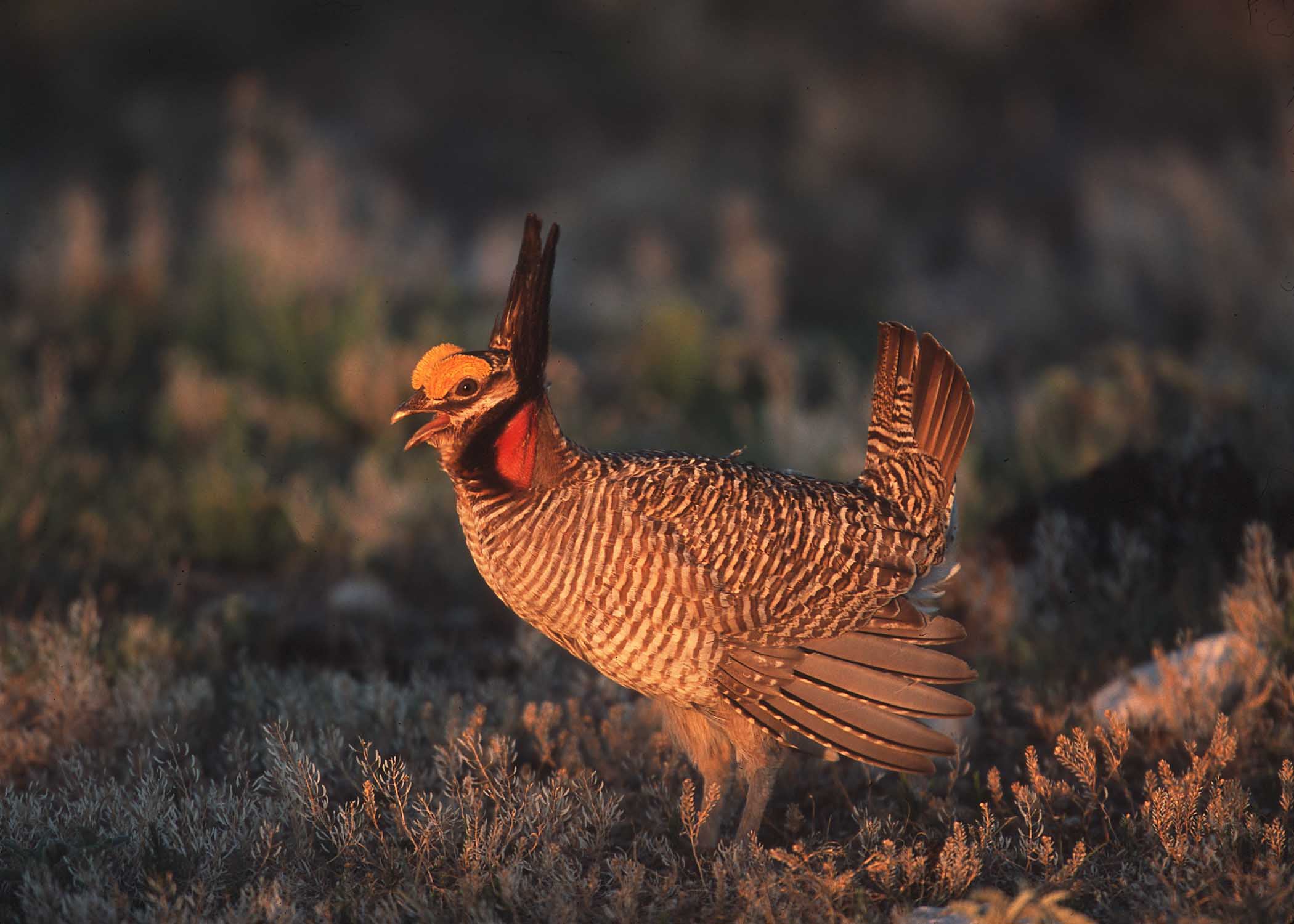
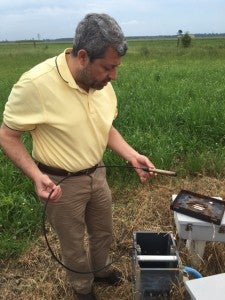

 Over the past decade, private investment in conservation has more than doubled, with sustainable forestry and agriculture investments as the main drivers of growth. This unprecedented expansion in “impact investing” or “
Over the past decade, private investment in conservation has more than doubled, with sustainable forestry and agriculture investments as the main drivers of growth. This unprecedented expansion in “impact investing” or “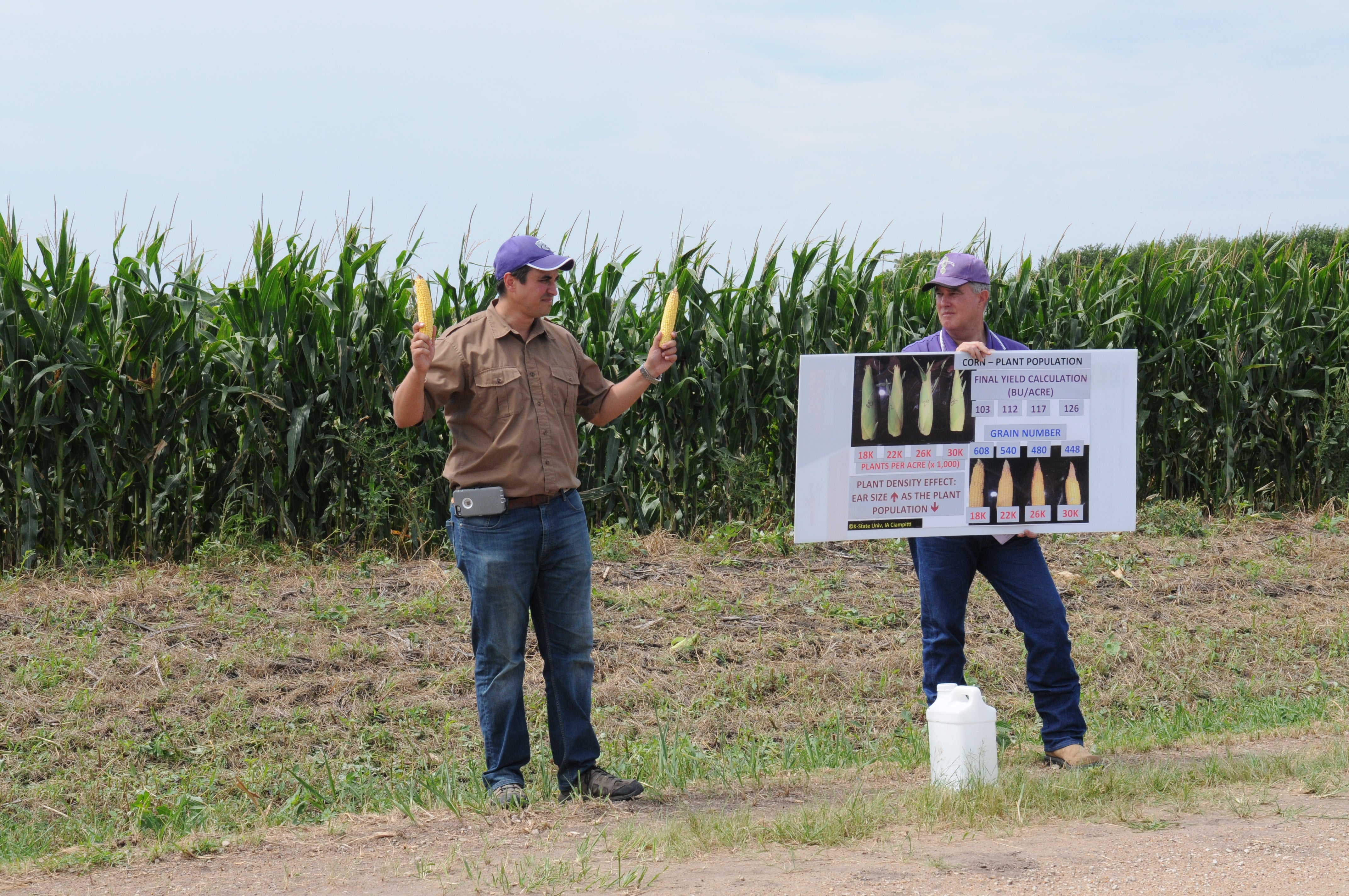 Amidst all the new tools and technologies being developed to make agriculture more sustainable, there is one tried and true method for testing on-site conservation practices that doesn’t get much attention: farmer networks.
Amidst all the new tools and technologies being developed to make agriculture more sustainable, there is one tried and true method for testing on-site conservation practices that doesn’t get much attention: farmer networks.